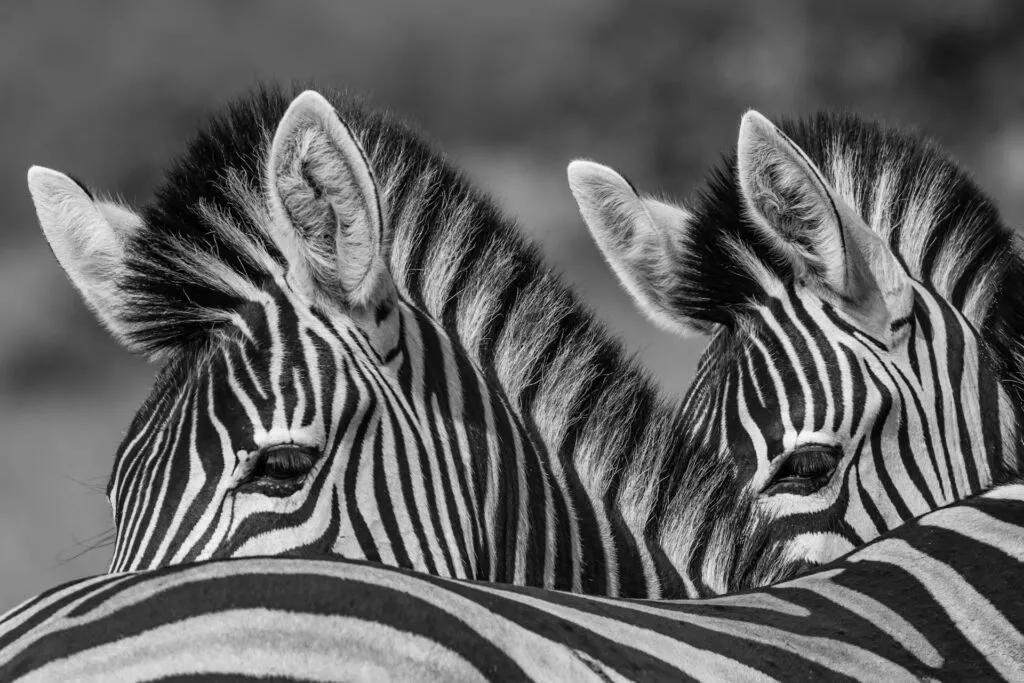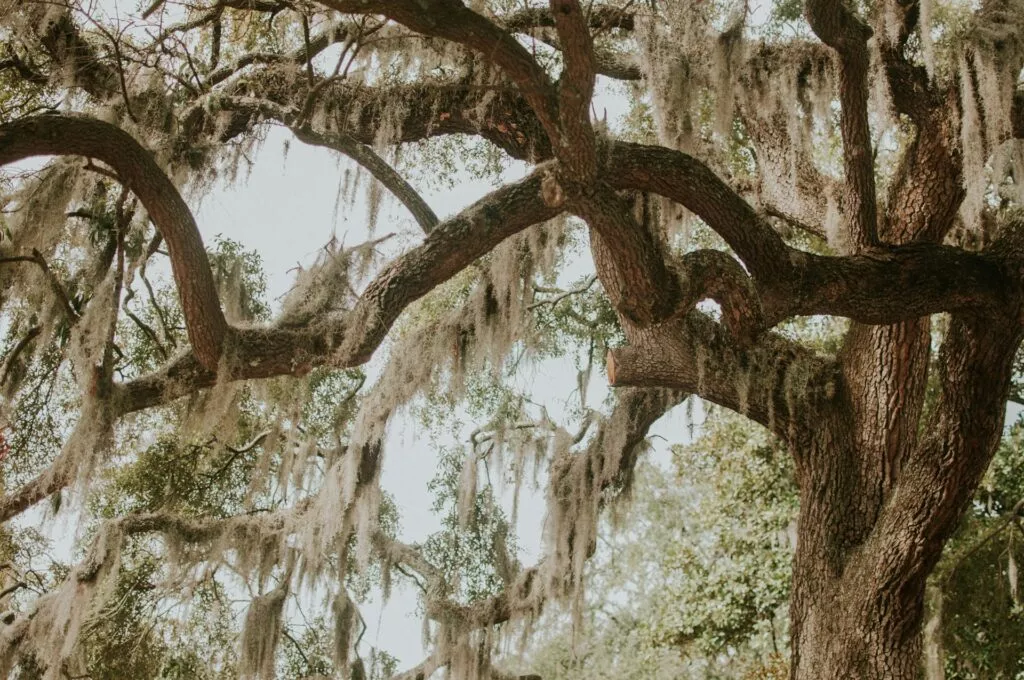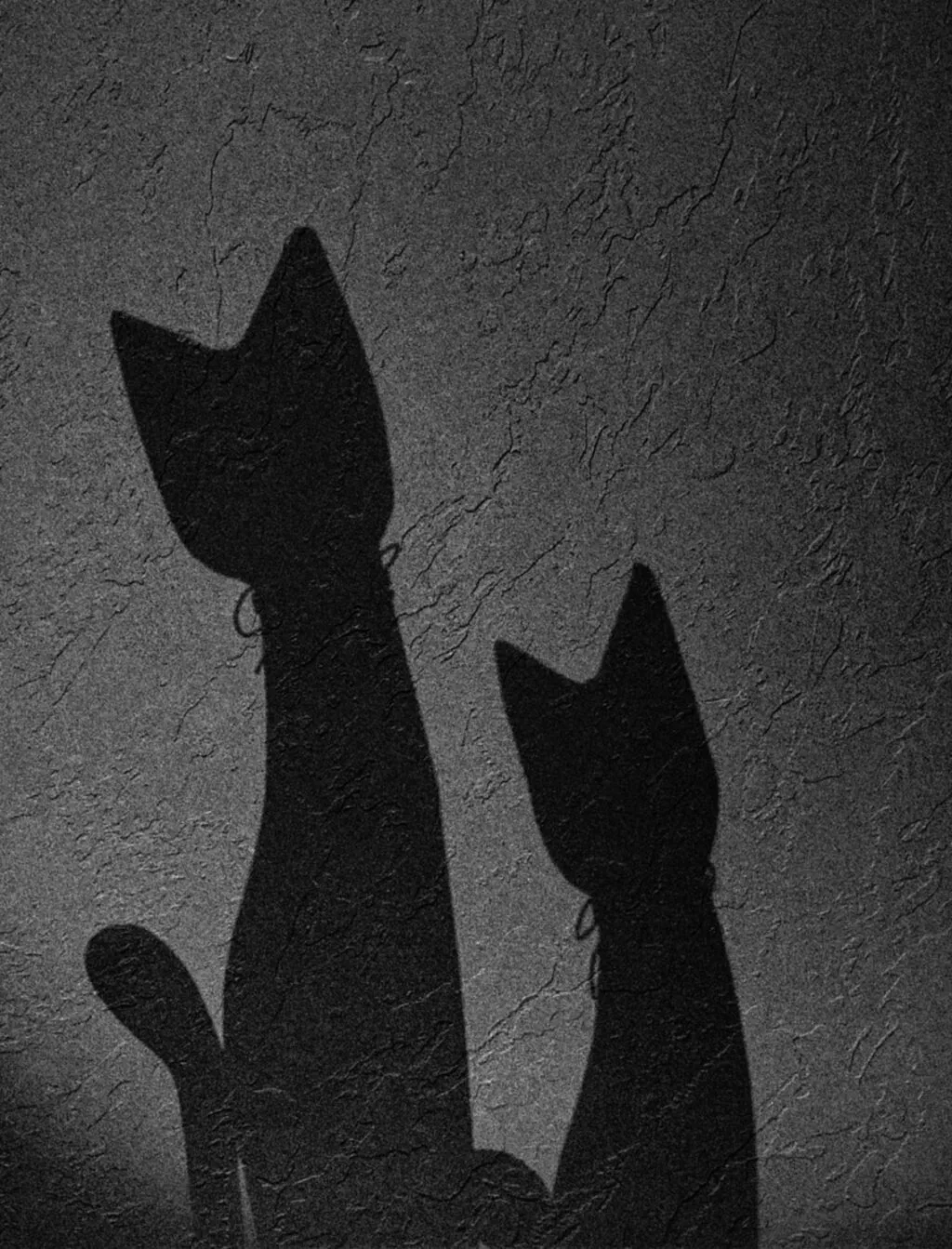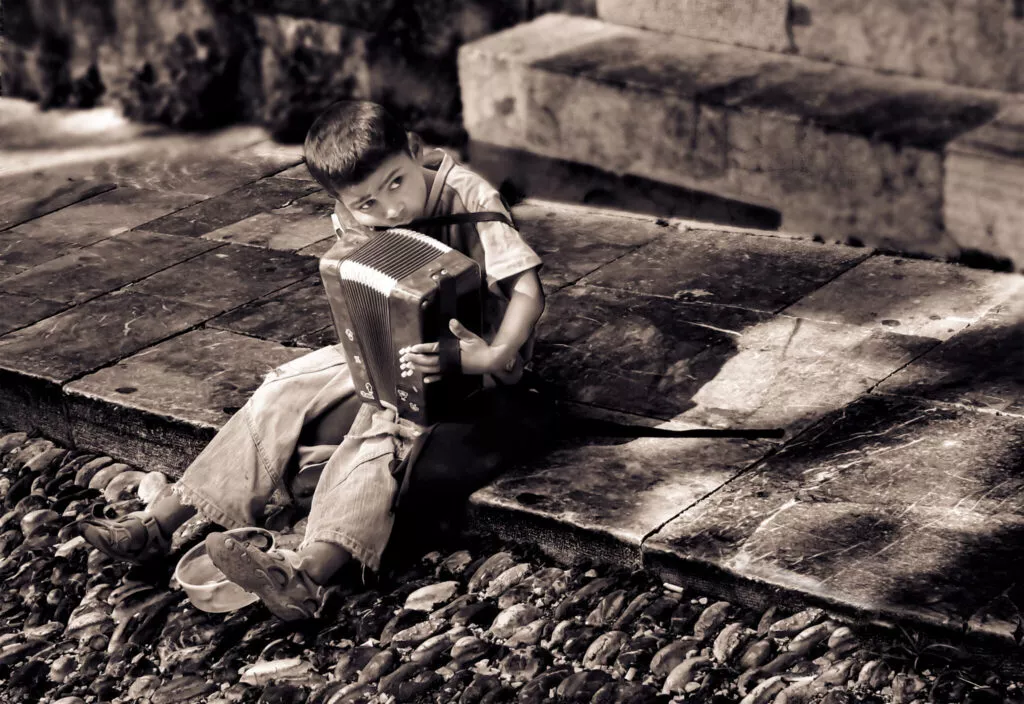Flickr has come up with its annual tradition of showcasing the top 25 photos and here is the roundup for 2020.
The year 2020 has been a very different one compared to the previous years with the pandemic striking the world and affecting normal lives. Although it has been and still is a very stressful situation, it has also given people a chance to slow down and relax from their day to day stressful lives. For photographers, it has also been a time to focus on their creative vision and document the stories around them which they would have ignored otherwise.
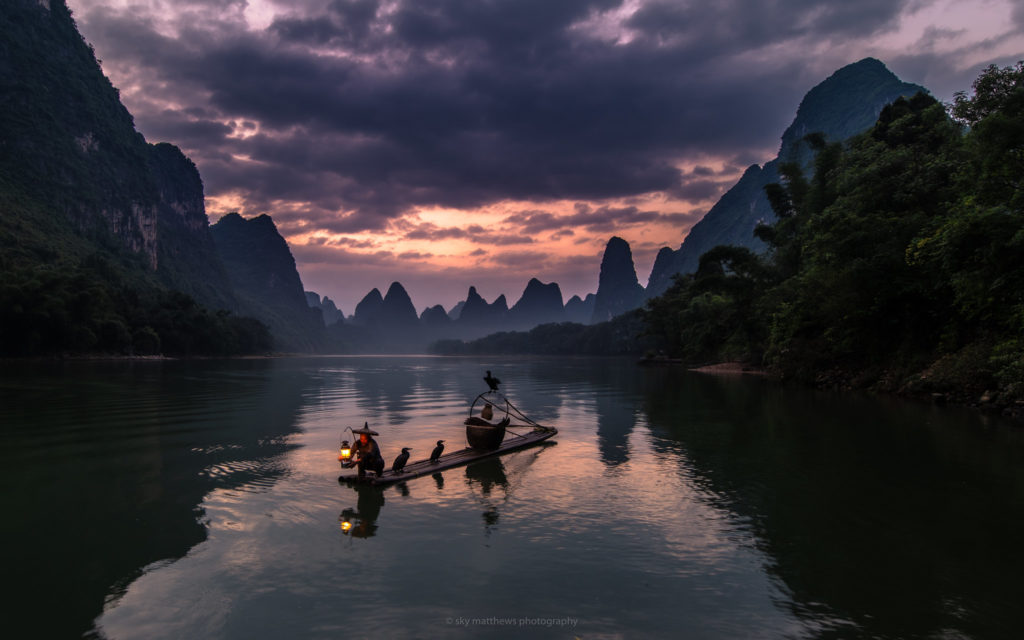
Flickr still continues to be one of the most used platforms by photographers of all experience levels and still continues to be a good place to receive and provide feedback on images. With the ever increasing public and private groups dedicated to different genres of photography and skill levels, Flickr has maintained its status as one of the most popular photo sharing platforms even in 2020.
Some of the outstanding features in Flickr like hashtags, groups and galleries, help photographers share their images with more people besides their followers. Besides reaches like these, occasionally there are invites to add your photos to particular groups or even to the “Explore Page” where Flickr features about 500 outstanding images a day. These will be images that have caught the attention of the Flickr community in terms of quality and engagement.
Flickr is also one of the earliest platforms that made EXIF data available for images posted by photographers, which means that viewers especially beginners get an opportunity to learn the technical details behind how a particular photograph was made. Let us go through a quick analysis of the top 25 photos on Flickr for the year 2020.
Here Is A Quick Summary Compared To Flickr's Top 25 From Last Year:
- There are less wildlife photos (just two of them compared to 9 last year) – one is a bird in the wild and another one a frog shot in a pond.
- Landscapes are a majority this year with 14 of them compared to only 10 last year. This includes waterscapes and seascapes. There is a detailed breakdown further below.
- An aerial photo shot on a drone has been included on the list this year compared to none last year.
- There were surprisingly four images that were more like street and urban photography combined and it is one less compared to last year.
- The list has a portrait of a boy with his pet and another 4 photos where there are people in the frame or scene.
- There are no macro images again in the top list this year but there is a still life image on the list.
- No images have used focus stacking, no HDR, however there is one night image where the photographer has mentioned that it is a composite of two images shot in different locations.
- 15 images are wide angle shots and 10 telephoto images.
- 12 images were shot with DSLRs, 7 with mirrorless cameras, of which 13 were full frames (DSLR + mirrorless), 5 crop sensor cameras and one using a drone. The rest of the images did not have EXIF data
- Almost all images (about 22 of them) had a centre of interest, 17 images use the rule of thirds.
- 12 landscape photos had a foreground or middle ground element / interest and 2 did not have, while the remaining photos were not landscapes.
- Finally, there are about 6 long exposure shots.
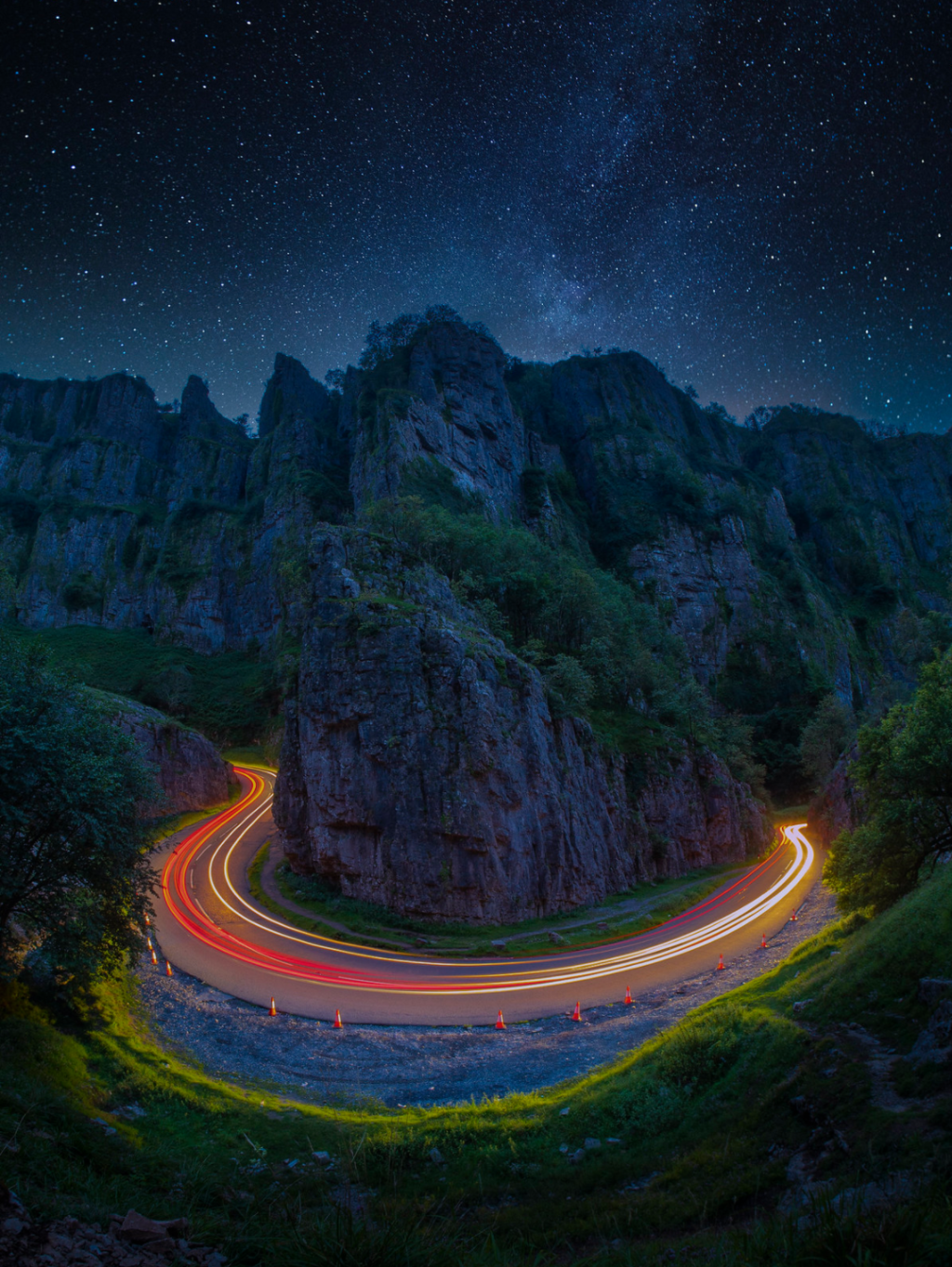
How Did Flickr Judge The Top 25?
If you are interested in knowing how the top 25 were selected, here is what Flickr has to say about it:
“From the many photos shared on Flickr this year, we chose to highlight a selection of images that received the most engagement in the form of views, comments, and faves, while accounting for a diverse range of topics.
Landscape and wildlife photography continue to be two of the most appreciated genres in our community, but we also saw some outstanding portraits, candid street shots, and nightscape composites. And while many of the photos that made it to the list come from DSLR and mirrorless cameras, one of the top images this year is an aerial view captured with a drone camera.
We also want to take this opportunity to celebrate the geographical diversity of our top photographers, representing 13 different countries. We take pride in being a global community united by our shared passion for photography.“
This looks very similar to Flickr's approach in the previous years where they used an algorithm that takes into account a combination of social and engagement data. This included views, faves, and shares. Besides this, the staff at Flickr may also curate the data to make sure that only one photo per photographer makes it to the top 25 list.
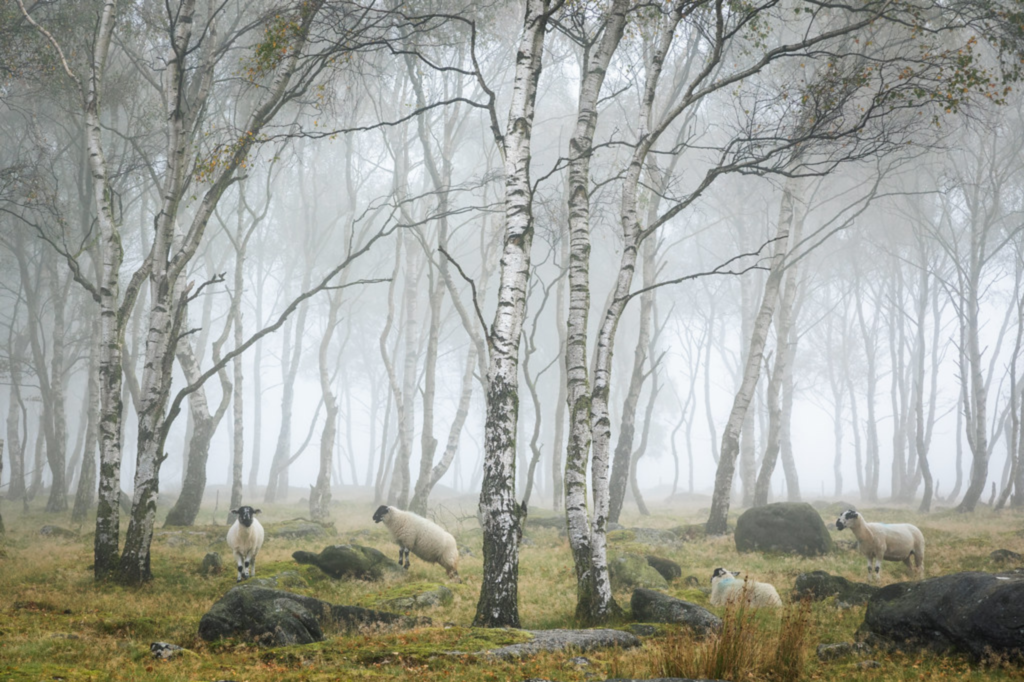
Here Is A Summary Of The Data We Have At The Time Of Writing This Article:
- The views of the images range from 23,191 to 1,516,813
- The faves vary from 1,344 to 2,930
- 16 out of the 25 top users have a Flickr PRO account
- The images that have made to the top 25 have been posted to various groups and are in various galleries, some even in explore.
- The number of groups that images were posted to, average between 15 to 35, but there are images that have been posted to above 50 groups and to a maximum of 147 groups.
- With regards to galleries, the images are roughly in between 20 to 40 galleries on an average with a maximum of 44 galleries.
What Genres And Subjects Do The Photographs Show?
Looking at the images on the list, we can see that landscapes and waterscape images are quite popular and only one portrait and aerial image have made to the list. Besides there are 4 images that look like a combination of street and urban photography, two wildlife and three night images. There are two photographs where pets are in the frame and five images with people where only one of those has recognisable details of the person.
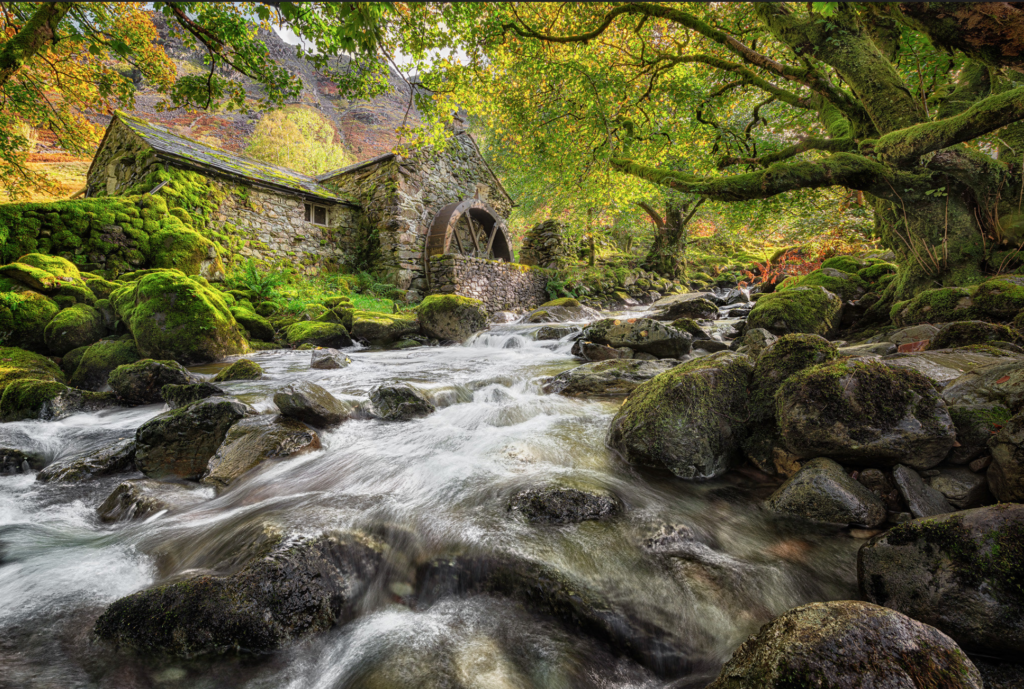
Orientation Of The Top 25 Photos:
Out of the top 25 images, 22 have been shot in horizontal orientation and 3 in vertical orientation (one still life, one nightscape and another a drone shot). The reason for this we think is that most photographers feel more comfortable shooting in landscape orientation and it is also the most convenient way to shoot quickly when grabbing the camera for a shot. Moreover, landscape oriented photos look better when viewed on full screen with so much information filling the entire screen. However, it also depends on personal choice.
Post Production Application:
Looking at the post production application used by the photographers in the top 25 list, we could see that Adobe's Lightroom and Photoshop stay on top.
- Out of the 25 images, 22 are colour photographs and 3 are black and white.
- Adobe Lightroom is the most used post-processing application, followed by photoshop. Here is the breakdown:
- Adobe Lightroom – 9 images
- Adobe Photoshop – 6 images
- Capture One – 1 image
- Picasa – 1 image
- Microsoft Windows Photo Gallery – 1 image
- EXIF data regarding the post processing application was not available for 7 images.
- Other Plugins: There was no information available for any other programs or plugins used.
Creative Choices In Photographs:
This year, we have 3 black and white images and the rest in colour. The images have been post-processed with the correct amount of saturation – neither oversaturated, nor undersaturated.
One of the images looks manipulated in terms of colours and setup to give a surreal and bleak mood to the frame. We are unsure of further details because the image does not have any EXIF details or description of how it was created.
Another image on the list is a composite of two images shot in different locations.
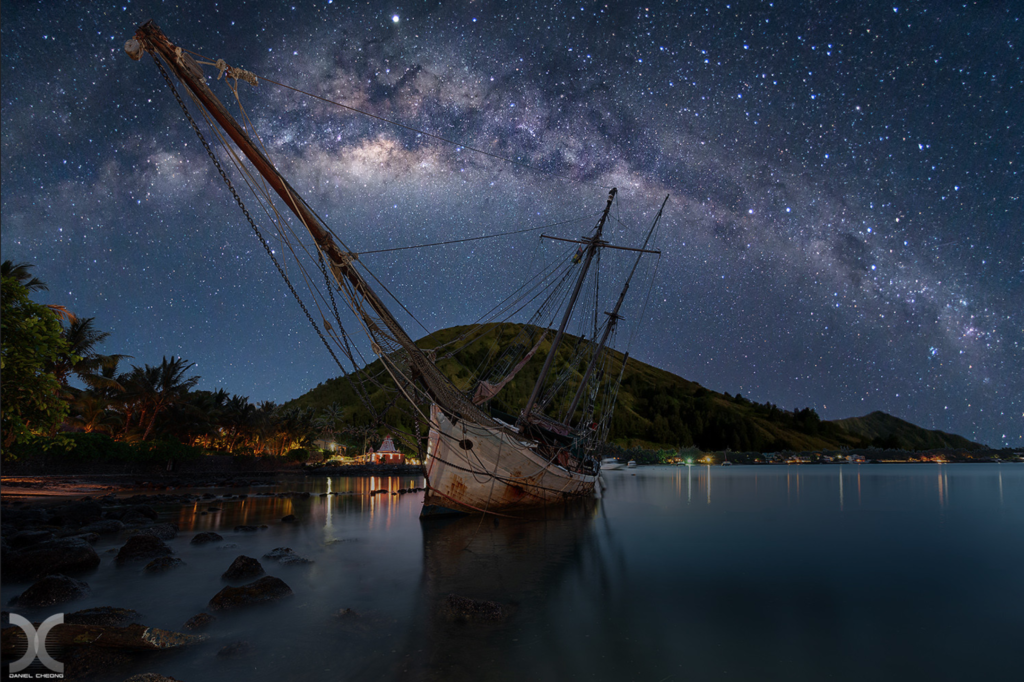
Here Are The Takeaways From 2020 Flickr Images:
- Landscape photographs seem to be the most favourite genre among viewers.
- Adobe is a clear winner in terms of most preferred post processing application amongst photographers.
- Colour photographs are the most dominant in the list.
- Long exposures are more compared to last year
- There are no panoramas, HDRs or macros.
- There is only one portrait on the top 25 list.
Popular Flickr Photographs By The Numbers:
Here is a quick run through of the data that we thought are worth mentioning:
Total Photographs: 25
- Photographs with People: 5
- Outdoor: 22
- Indoor: 3
- Horizontal Orientation: 22
- Vertical Orientation: 3
- Square Crop: none
Photographs Taken Outdoors:
- Outdoor People: 2
- Seascape / Waterscape: 10
- Architecture: None although 5 images include some form of architectural structures in them.
- Landscape: 8
- Aerial: 1
- Underwater: None
- Animals/Birds: 5
- Wildlife: 2
- Astrophotography: 2 images with the stars / Milky Way in the night sky but not dedicated astrophotography images.
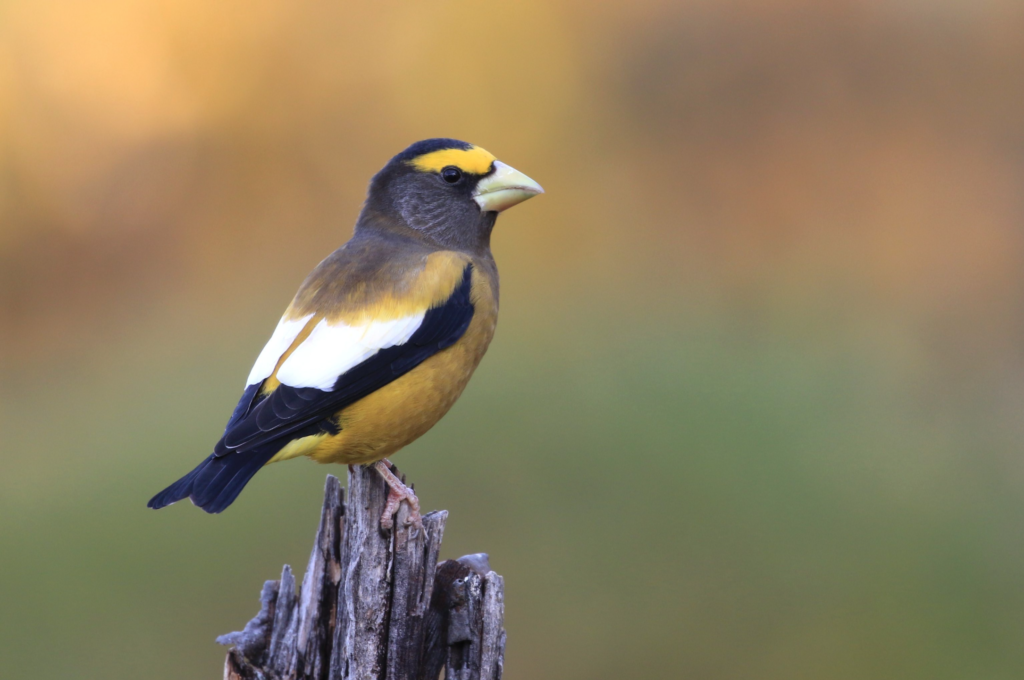
Photographs Shot In Color: 22
- Oversaturation: None
- Undersaturation: none
- Realistic Saturation: 21
- Manipulated Colours: 1
- Black and White: 3

Other Categories In General:
- Macro: None
- HDR: None
- Focus Stacking: None
- Combination of more than one image: 1
- Panorama: None
- Deep Sky Astrophotography: None
- Underwater: None
Equipment Used:
Out of the 15 shots that had full EXIF data (and 1 with very limited EXIF data), 12 showed that a DSLR was used and 7 used mirrorless cameras. 13 of the cameras were full frame, 3 were cameras with APS-C sensors, one a compact bridge camera, one drone and one MFT.
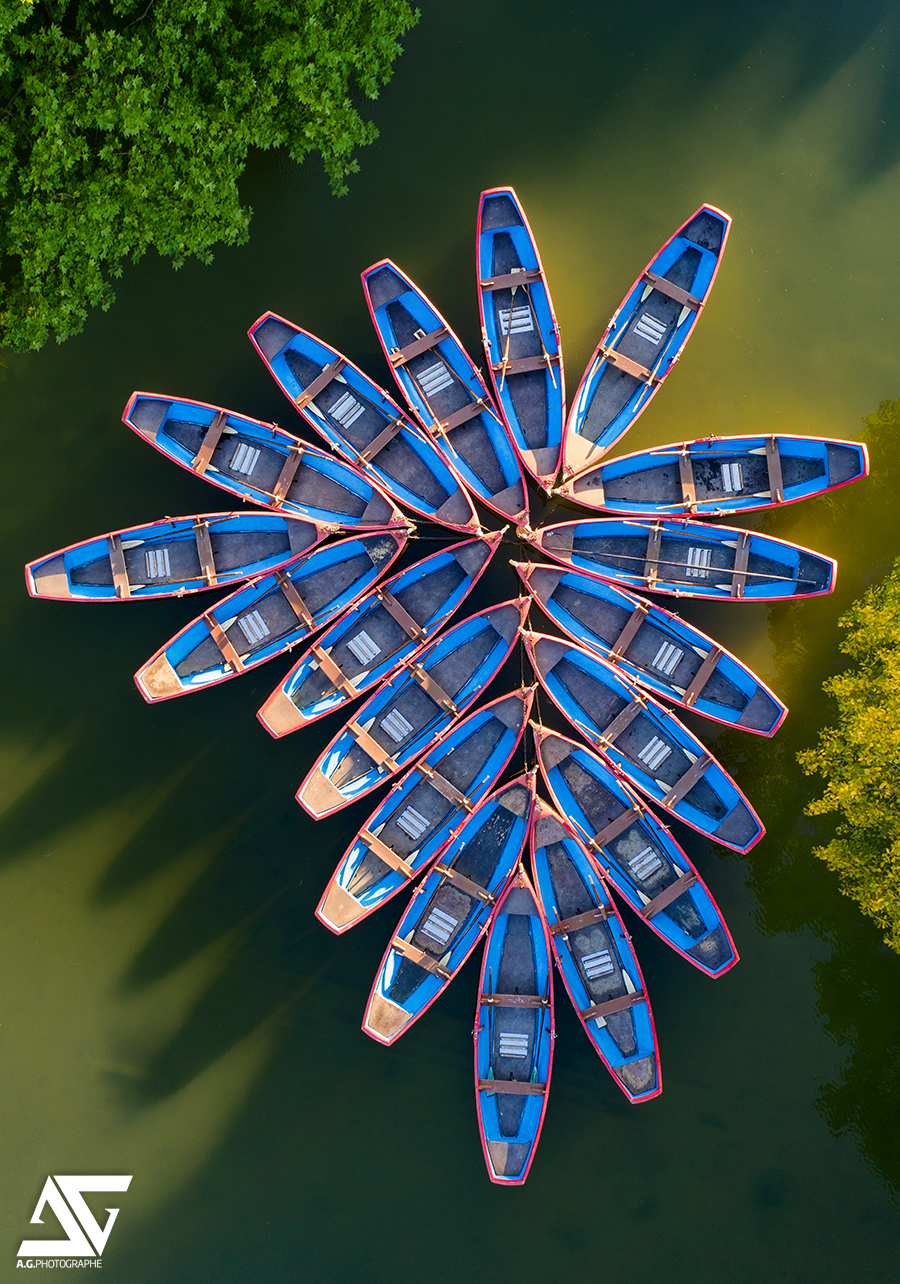
Composition:
15 of the 25 shots are wide angle with focal length 35mm or less than 35mm.
- 17 of the 25 images approximately used the “Rule of Thirds” in their composition which reveals that photographers are giving importance to basic compositional guidelines.
- 22 of the 25 images had a “Center of Interest.”
- 13 landscape/waterscape images had foreground elements in the form of some objects or leading lines, while the other images did not have obvious ones.
- 8 images used “Leading Lines”, and 1 included “Symmetry.”
- There were some interesting compositions that used curves and reflections!
Time Of Day:
There were quite a few images that were shot in overcast light conditions, stormy conditions and some during the golden hour.
From closely observing the images, this is what we came up with:
- Overcast conditions: 1
- Golden Hour: 10
- Soft Daylight: 5
- Interior Daylight: 3
- Midday: 1
- Night: 3
- Blue Hour / Twilight: 2
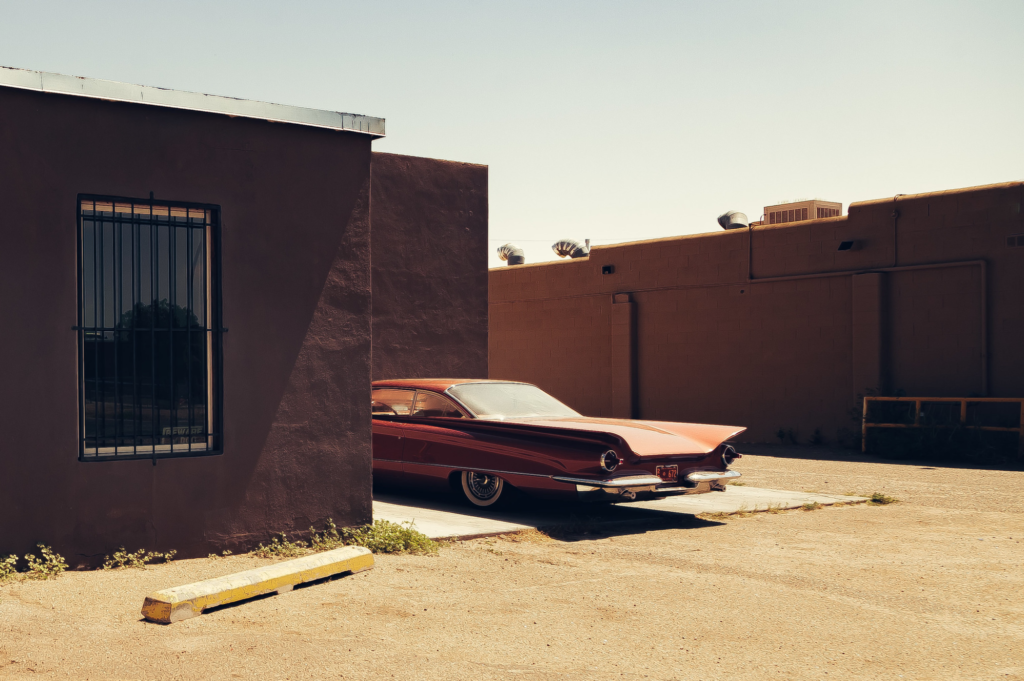
Smartphone Photographs:
We cannot see any images that have been created using a smartphone although smartphone photography is becoming increasingly popular with amazing technologies in smartphone cameras. It sure comes as a surprise, but again, it could also be the intricate details that viewers look for when viewing images large that cannot be reproduced using smartphones.
Conclusion:
Looking at the top 25 images, the results are quite disappointing in terms of genre, creativity and even compositions. Some images lack powerful compositions and point of interests making them look a bit boring or like snapshots. Take a look at the images here on Flickr's blog!
We however think that there are thousands of awesome images in Flickr that have gone unnoticed due to the fact that they did not reach enough audience. This could be because they do not have many followers, not used relevant hashtags, not added them in groups, etc.
In general, it is quite difficult to get your images noticed and to make it to the top 25 unless you put in a lot of hardwork to get your images noticed by posting them in many relevant groups and galleries. We also think that having a good number of followers helps.
What do you think about the top 25 images on Flickr? What do you think are some important factors that will help photographers get their work noticed and to get to the top 25 on Flickr?
If you are interested in learning more about Flickr photographs, the following links may be of some help:
- Flickr’s Top Photos of the Decade
- Flickr’s Top 30 Groups of 2020
- Using auto-moderation to improve community interactions

